Making use of biological resources, or renewable resources and services as David Holmgren characterises them, is an important principle of Permaculture Design. ‘Renewable services (or passive functions) are those we gain from plants, animals and living soil and water without them being consumed.’ Holmgren also writes that ‘human intervention and complication of processes can make things worse and that we should respect and value the wisdom in biological systems and processes.’
Biological resources and services can be understood as the essence of natural design elements, the very chicken-ness of the chicken for example. As we design sustainable systems for living we can make best use of biological resources and services only by understanding what a chicken really is, what it does, what it needs and what it produces. The same goes for pigs, sheep, cattle, the stream running across the field, the trees in the hedge, and the thistles in our vegetable plots.
In practice, even if we don’t recognise it immediately, we are confronted with this reality daily: every day that we garden or farm, every time we think about living sustainably and in harmony with the Earth. At the moment I’m thinking a lot about chickens, watching mine till my veg field, and react to kites and buzzards that fly over, but ignore other birds with barely a ruffled feather. Chickens of course happen to be a classic Permaculture example, but only one of an endless list of possibilities.
In what has symptomatically come to be called conventional farming, a chicken is a machine that produces eggs at one end if you put enough grain and protein in at the other. It might also be a meat bird, and again the calculation is as simplified as possible, the weight of flesh produced per gram of feed over as short a time as possible. Pretty much everything else the chicken does in the industrial system it is forced through is a waste product or a problem, and each problem requires an intervention that costs more energy and makes more work.
The chicken’s range of complex and beautiful behaviours is treated as worthless: its response to raptors overhead; its scratching; its composting; its foraging; its roosting, and so on, all ignored or turned into problems. As for the chicken’s needs, they are simplified to little more than a calorie count and a shelter reflecting little or nothing of the bird’s nature. Anyone who has ever eaten a processed dinner in a house built entirely of toxic modern materials can appreciate the gravity of the chicken’s plight.
The challenge is to design systems that treat chickens like chickens. One pleasing side-effect of working like this is a massive reduction in cruelty, and a marked upturn in the world’s Chicken Happiness Index (At the time of writing Global CHI has fallen once again to an all time low). This is by no means the only benefit though. It turns out that working with chicken-ness rather than against it does all sorts of good things.
I don’t want to rehearse here the chicken tractor example that everyone familiar with Permaculture even only in passing will have come across. The important point is, that whilst chickens work very well as an example, the idea is as powerful when applied to pigs, cattle, rivers and wetlands, apple trees, ash trees, and so on, and so on.
It is implicit in Permaculture Design of course that this approach is also ideal for human beings. This is where it gets controversial. In the first place, and here’s that word again, the conventional view of human nature is that we are more or less motivated by greed and fear, that we tend towards violence, hierarchy and destruction, and that unless we are confined to a caged existence, and fed high salt and high sugar rations, we will end up within a few weeks resembling the desperate cast of yet another zombie apocalypse television serial. People are dull and dangerous; do not approach them unless you are trained and, ideally, armed.
But let’s not confuse caged chickens with free range birds in the barnyard. Leaving aside what is demanded of us by the institutions that we are funneled through, and by the ideological gruel we are daily served, what do people do, what do they need, and what do they produce?
People need shelter appropriate to the place they live; they need clothing that suits their climate; they need a varied diet which allows them to fulfill their physical and mental potential; they need a community of people they know well, perhaps 100 or 150 individuals who will be there throughout their lives; they need a mixture of generations; they need lots of play, and they need lots of contact with nature, the evolutionary matrix which gave rise to their species; they need interesting activities, what might be called work with brain and hand, and they need their ideas, decisions and their characters to be respected by those around them. Provide humans with these simple things and I suspect that greed and violence would no longer be very serious issues.
What might the provision of these basic needs give rise to, or, to put it another way, what do people produce? The desired design outcome would clearly be a permanent culture (Permaculture); work would no longer be a separate category from life or play, humans being, above all creative; as a keystone species, the lives of humans would provide niches for a myriad of other species, and we might call that stewardship of the Earth; diversity of human communities, as they naturally adapted to their local conditions, would rapidly re-establish itself as the norm in language, in tools and techniques, in art and in culture. The clearest outputs of all amongst the complex yields of a system that treated human beings like human beings would be happiness and peace.

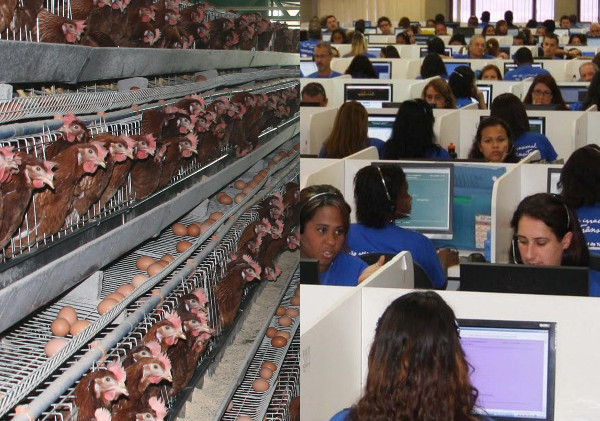
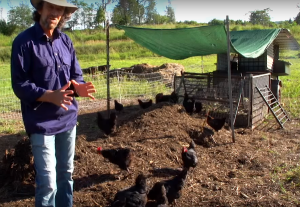
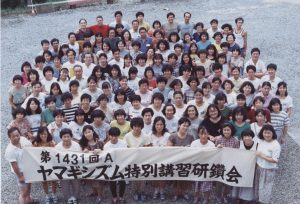

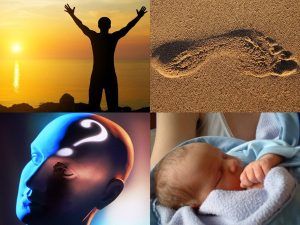
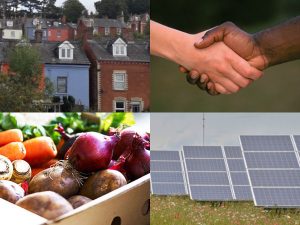

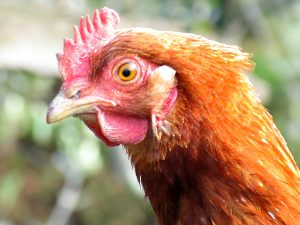
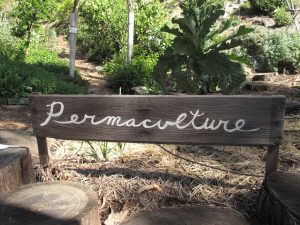


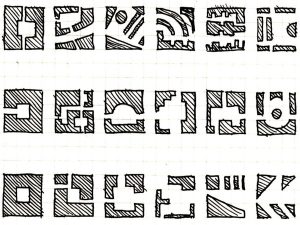
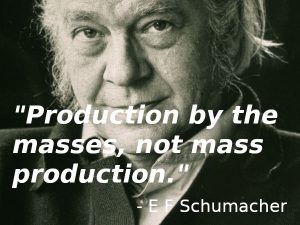
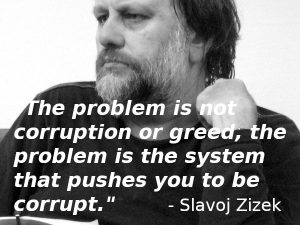
1 Comment
‘the conventional view of human nature is that we are more or less motivated by greed and fear, that we tend towards violence, hierarchy and destruction’
Yes – there’s this ‘humans are selfish and cruel and we deserve to become extinct’ narrative with a lot of people. And yet we don’t put ourselves or our friends and family in that category. And when we meet people, we find that the majority of them are basically kind, honest, friendly and want to do the right thing. So where are all these selfish, cruel people? In a system that rewards selfishness and ruthlessness, those people are going to rise to positions of wealth and power, and we’re going to be manipulated to be more selfish and ruthless. But it’s not human nature. Not at all. It’s the system that’s the problem, not people.